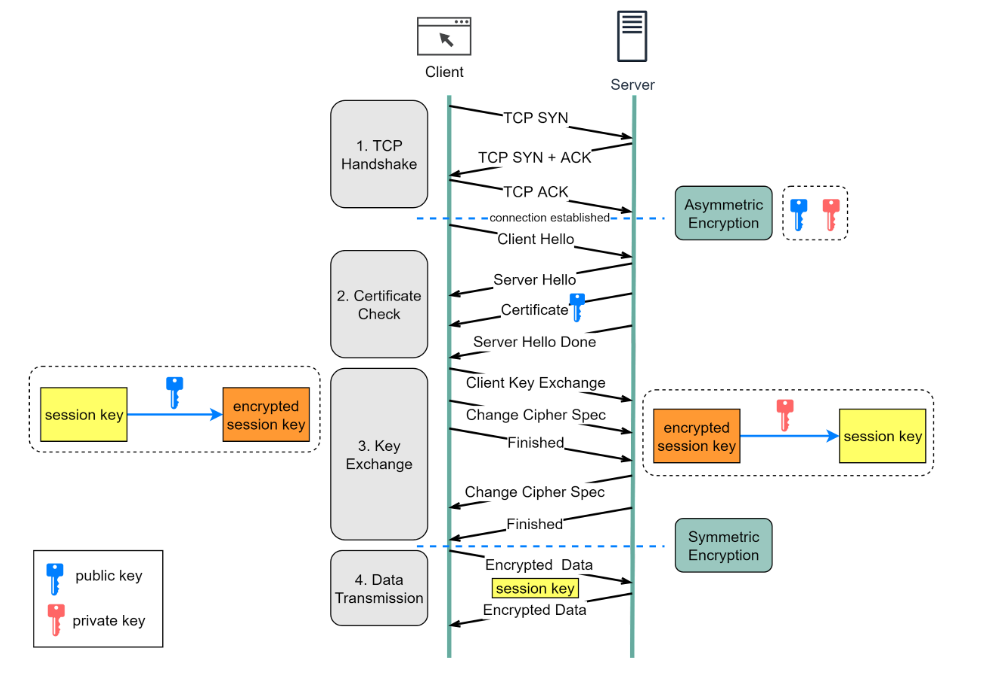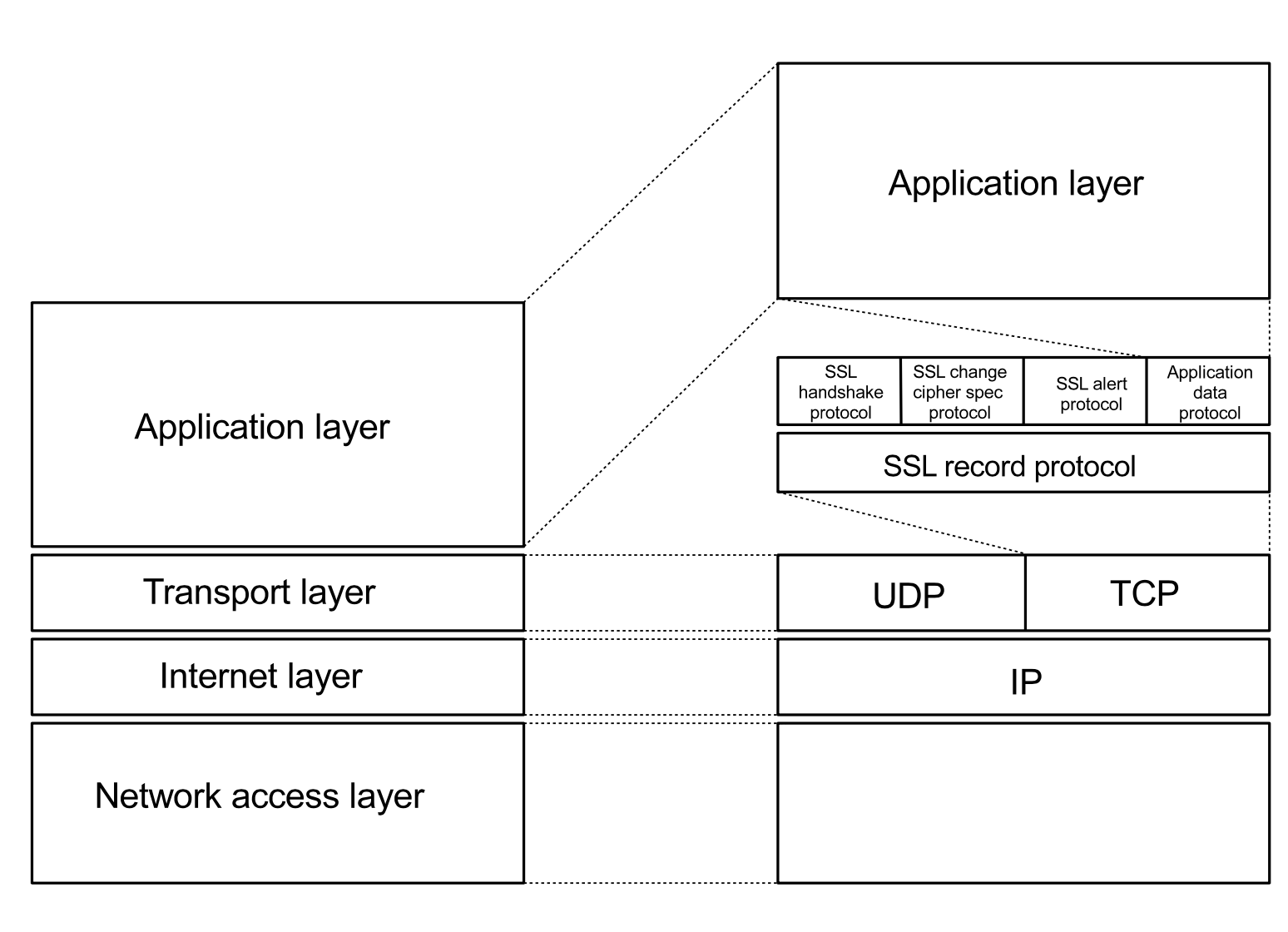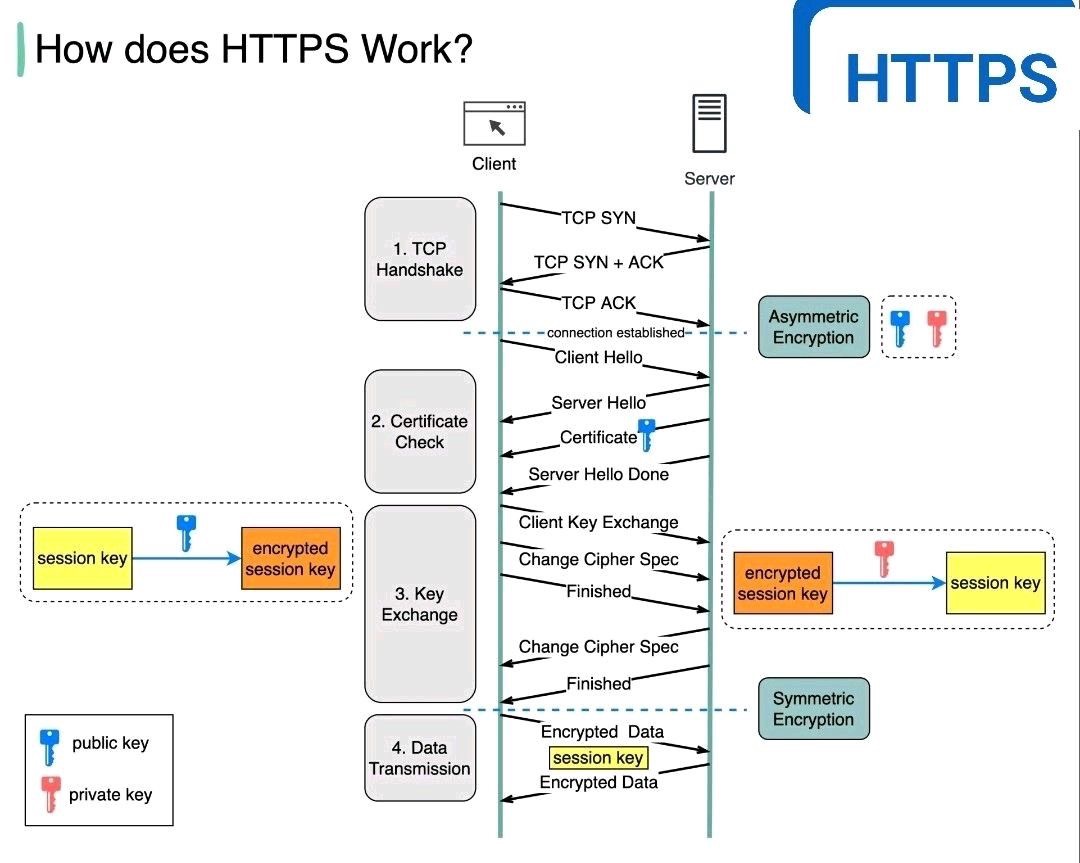SSL/TLS

Introduction
As the internet continues to play an increasingly important role in our lives, website security has become a critical concern. One of the most important ways to keep websites secure is through the use of HTTPS (Hypertext Transfer Protocol Secure) and SSL (Secure Sockets Layer) certificates. In this blog post, we will discuss what HTTPS/SSL is, why it’s important, and how you can implement it on your website.
What is HTTPS/SSL?
HTTPS is a secure version of HTTP, the protocol used to transfer data between a web server and a web browser. HTTPS encrypts data in transit, making it more difficult for hackers to intercept and read the data. SSL is the technology that enables the encryption of data between the web server and the web browser. When a user connects to a website that uses HTTPS/SSL, their browser and the web server establish a secure connection, which ensures that any data exchanged between them is encrypted and protected from prying eyes.
Why is HTTPS/SSL important?
HTTPS/SSL is essential for website security and protecting user data. Without HTTPS/SSL, data transmitted between the user’s browser and the website can be intercepted and read by hackers. This puts sensitive information, such as passwords, credit card numbers, and other personal information, at risk. HTTPS/SSL also ensures that the website is authentic and has not been tampered with, which is important for preventing phishing attacks and other types of online fraud.
How to implement HTTPS/SSL on your website
Implementing HTTPS/SSL on your website requires obtaining an SSL certificate and installing it on your web server. SSL certificates can be obtained from trusted Certificate Authorities (CAs), such as Let’s Encrypt, Comodo, and Symantec. Once you have obtained an SSL certificate, you can install it on your web server and configure your website to use HTTPS. Many web hosting providers offer tools and support for implementing HTTPS/SSL, so be sure to check with your provider for assistance.
SSL/TLS Sublayer

SSL/TLS Handshake

Common Protocols over SSL/TLS
| Protocol | Description | Port # |
|---|---|---|
| nsiiops | IIOP Name Service over SSL/TLS | 261 |
| https | HTTP over SSL/TLS | 443 |
| nntps | NNTP over SSL/TLS | 563 |
| ldaps | LDAP over SSL/TLS | 636 |
| ftps-data | FTP Data over SSL/TLS | 989 |
| ftps | FTP Control over SSL/TLS | 990 |
| telnets | Telnet over SSL/TLS | 992 |
| imaps | IMAP4 over SSL/TLS | 993 |
| ircs | IRC over SSL/TLS | 994 |
| pop3s | POP3 over SSL/TLS | 995 |
| tftps | TFTP over SSL/TLS | 3713 |
| sip-tls | SIP over SSL/TLS | 5061 |
References
- What is HTTPS? A Guide to Secure HTTP Protocols (
https://www.cloudflare.com/learning/ssl/what-is-https/) - Why HTTPS Matters (
https://developers.google.com/web/fundamentals/security/encrypt-in-transit/why-https) - How to Enable HTTPS on Your Website (
https://www.hostinger.com/tutorials/how-to-enable-https)